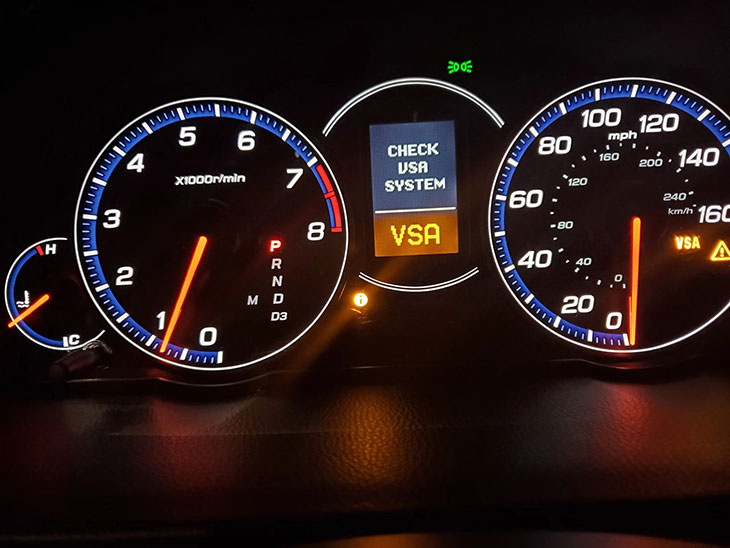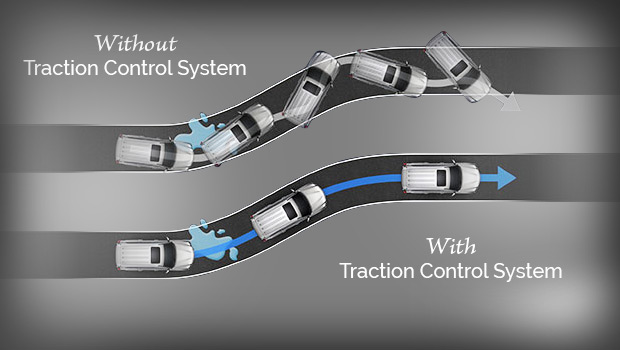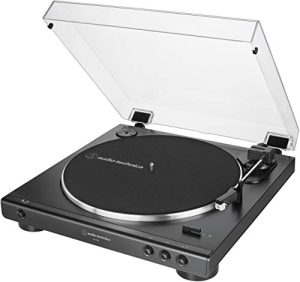Contents
Are you wondering about the cost of repairing your VSA (Vehicle Stability Assist) system? Whether you’ve experienced a malfunction or are simply curious, it’s important to have an idea of what to expect when it comes to repair expenses. Rest assured, this article will provide you with a brief overview of the potential costs associated with fixing your VSA system, helping you make informed decisions about your vehicle’s maintenance. So, let’s explore the factors influencing these costs and gain a deeper understanding of the financial aspect of VSA system repairs.
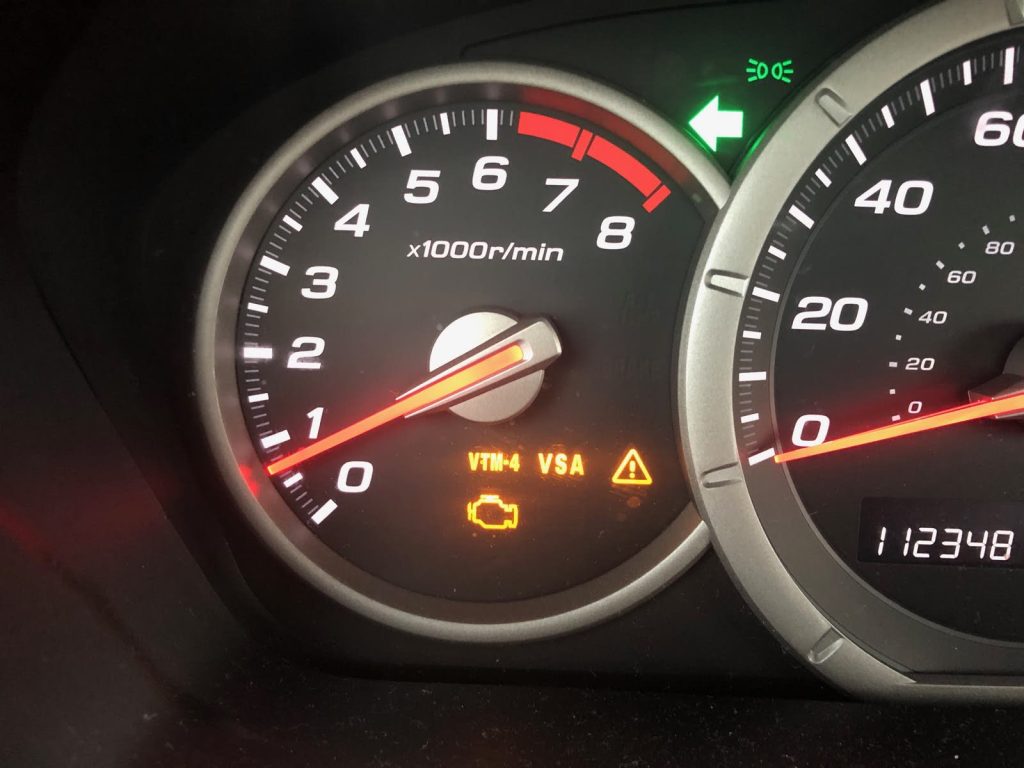
Overview of VSA Systems
What is a VSA System?
A VSA (Vehicle Stability Assist) system, also known as electronic stability control or dynamic stability control, is a safety feature commonly found in modern vehicles. Its primary function is to improve the stability and traction of the vehicle during various driving conditions.
How Does a VSA System Work?
A VSA system utilizes sensors, control units, and actuators to monitor and regulate the vehicle’s stability. It continuously analyzes data such as wheel speed, steering angle, acceleration, and individual wheel behavior. If the system detects any loss of control or instability, it can apply braking force to specific wheels and adjust engine power to help the driver regain control.
Importance of a Properly Functioning VSA System
A properly functioning VSA system is vital for ensuring the safety and stability of the vehicle, especially during hazardous conditions such as slippery roads or sudden maneuvers. It helps prevent skidding, loss of control, and potential accidents. Regular maintenance and timely repairs are essential to ensure the VSA system operates at its full potential.
Common VSA System Issues
Warning Light Activation
One of the most common issues with VSA systems is the activation of the warning light on the dashboard. This can be an indicator of underlying problems with the system, such as sensor malfunctions or a fault in the control unit. If the warning light stays illuminated, it is crucial to address the issue promptly to prevent further damage or compromise in vehicle safety.
Loss of Traction Control
A malfunctioning VSA system may lead to a loss of traction control, making it difficult for the vehicle to maintain its grip on the road. This can be particularly dangerous in slippery conditions or during sudden braking or acceleration. If you notice a sudden decrease in traction control, it is essential to have your VSA system inspected and repaired.
Failure to Engage
In some cases, the VSA system may fail to engage when needed, resulting in decreased stability during critical moments. This can happen due to issues with the system’s sensors, control unit, or actuators. If you experience a lack of engagement or unpredictability in the VSA system’s response, it is crucial to seek professional repairs to restore its functionality.
Intermittent Operation
Some VSA system issues may occur intermittently, making it challenging to pinpoint the exact cause or when the system may malfunction. These intermittent issues can be caused by loose connections, faulty wiring, or sensor anomalies. Prompt diagnosis and repair are necessary to prevent unexpected failures and ensure consistent performance of the VSA system.
Diagnostic Process for VSA System
Code Reading and Analysis
When diagnosing VSA system issues, certified mechanics typically begin by using specialized diagnostic tools to read the system’s error codes. These codes provide valuable information about the specific malfunction or fault within the system. The mechanic then analyzes the codes to identify the underlying issue accurately.
Visual Inspection
After code reading, a thorough visual inspection is conducted to check for any visible signs of damage or wear. This includes examining the wiring, connectors, sensors, and other components of the VSA system. Any physical abnormalities or worn-out parts can provide insights into the root cause of the problem.
Functional Testing
Functional testing involves verifying the proper operation of individual components within the VSA system. This may include checking the functionality of sensors, actuators, control units, and other relevant elements. Through these tests, mechanics can determine if any specific component is not performing as expected and contributing to the system’s malfunction.
Road Test
Finally, a road test is often conducted to replicate the driving conditions in which the VSA system is expected to operate. By observing the system’s behavior during real-world scenarios, mechanics can further identify any irregularities or issues that might have been missed during the initial diagnostic steps.
Cost Factors for VSA System Repair
Problem Severity
The severity of the VSA system issue plays a significant role in determining the overall repair cost. More severe problems, such as a faulty control unit or a damaged actuator, are likely to require extensive repairs or component replacements, resulting in higher costs.
Vehicle Make and Model
The make and model of your vehicle can also influence repair costs. Some vehicles may have more complex VSA systems, requiring specialized knowledge, tools, or replacement parts. This could potentially increase the overall cost of repairs compared to simpler VSA systems found in other vehicles.
Labor Charges
Labor charges are a significant factor in VSA system repair costs. The complexity of VSA systems and the required expertise can lead to higher labor charges. Additionally, repair shops with higher hourly rates will naturally contribute to a more expensive repair bill.
Replacement Parts
If any components within the VSA system need to be replaced, the cost of those parts will contribute to the overall repair expenses. The price of replacement parts can vary depending on the brand, quality, and availability. In some cases, original equipment manufacturer (OEM) parts may cost more than aftermarket alternatives.
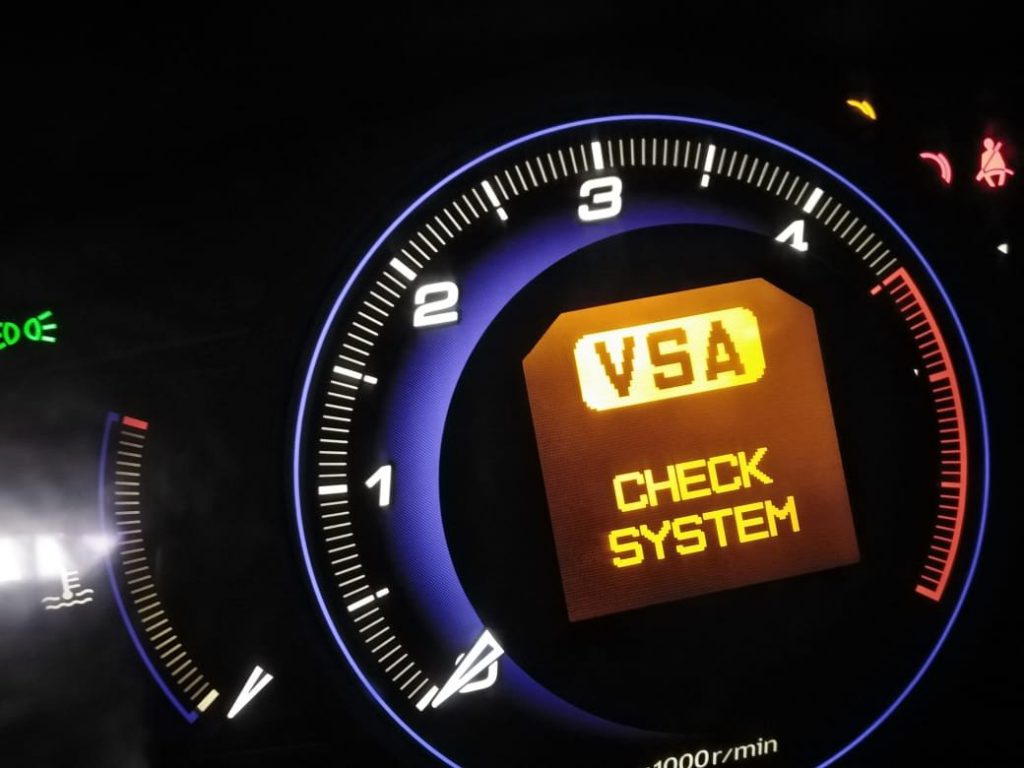
Average Cost of VSA System Repair
Range of Repair Costs
The cost for repairing a VSA system can vary significantly depending on the factors mentioned above. On average, VSA system repairs can cost anywhere from $200 to $1500 or more. The final cost will depend on the nature of the problem, the required repairs, and the labor charges of the repair shop.
Cost Examples for Different Repairs
To provide a better understanding, here are a few cost examples for common VSA system repairs:
- Replacement of a faulty sensor: $200 – $400
- Repair or replacement of a damaged actuator: $500 – $800
- Control unit replacement: $800 – $1500
It is important to note that these are general estimates, and the actual costs can vary based on various factors.
Do-It-Yourself vs. Professional Repair
Benefits of DIY Repair
Some vehicle owners may consider DIY (Do-It-Yourself) repairs for their VSA system to save costs. DIY repairs can be appealing because they allow you to have control over the repair process and potentially save on labor charges. Additionally, if you have experience and knowledge in automotive repairs, you may feel confident in tackling certain VSA system issues yourself.
Drawbacks of DIY Repair
However, there are several drawbacks to consider with DIY repairs. VSA systems can be complicated and require specialized knowledge and tools. Without the proper expertise, you may risk misdiagnosing the problem, causing further damage, or not fully resolving the issue. Additionally, tampering with safety-critical systems like the VSA system could compromise your safety and that of others on the road.
Advantages of Professional Repair
Professional repair offers several advantages for VSA system issues. Certified mechanics have the expertise and experience to accurately diagnose and repair the system. They also have access to specialized tools and equipment necessary for proper repairs. By trusting professionals, you can ensure that the repair is done correctly and safely.
Disadvantages of Professional Repair
The main drawback of professional repair is the potential cost. Professional repairs typically involve labor charges, diagnostic fees, and potentially higher-priced replacement parts. However, it is important to weigh the potential risks and drawbacks of DIY repairs against the expertise and safety guaranteed by professional repair services.

Ways to Minimize VSA System Repair Costs
Regular Maintenance and Inspection
Proper maintenance and regular inspections can help prevent potential VSA system issues. Following the manufacturer’s recommended maintenance schedule and getting routine check-ups can detect and address minor issues early on, potentially minimizing repair costs.
Timely Detection and Repair of Issues
Promptly addressing any VSA system issues can prevent further damage and more expensive repairs down the line. If you notice any warning lights, loss of traction control, or other anomalies, it is crucial to have your vehicle inspected by a professional as soon as possible.
Seeking Multiple Quotes
To ensure a fair and competitive price for VSA system repairs, consider seeking quotes from multiple repair shops. This allows you to compare prices, services, and warranties offered, ensuring you get the best value for your money.
Considering Aftermarket Parts
When replacement parts are needed, considering aftermarket options can potentially lower the overall repair cost. However, be cautious when selecting aftermarket parts, as their quality and compatibility may vary. Consulting with a trusted mechanic can help you make an informed decision.
Warranty and Insurance Coverage
Manufacturer Warranty
VSA system repairs may be covered under the manufacturer’s warranty if the vehicle is still within the warranty period. However, it is essential to review the warranty terms and conditions to determine if the specific issue is covered and if there are any limitations or requirements.
Extended Warranty
For vehicles no longer covered by the manufacturer’s warranty, an extended warranty can provide coverage for VSA system repairs. Extended warranties vary in coverage and duration, so it is important to review the terms and conditions to ensure it includes the necessary repairs.
Vehicle Insurance Coverage
Depending on your insurance policy, certain VSA system repairs may be covered under your vehicle insurance. This typically applies to repairs resulting from accidents or other covered incidents. Reviewing your policy or contacting your insurance provider can help determine if VSA system repairs are included in your coverage.
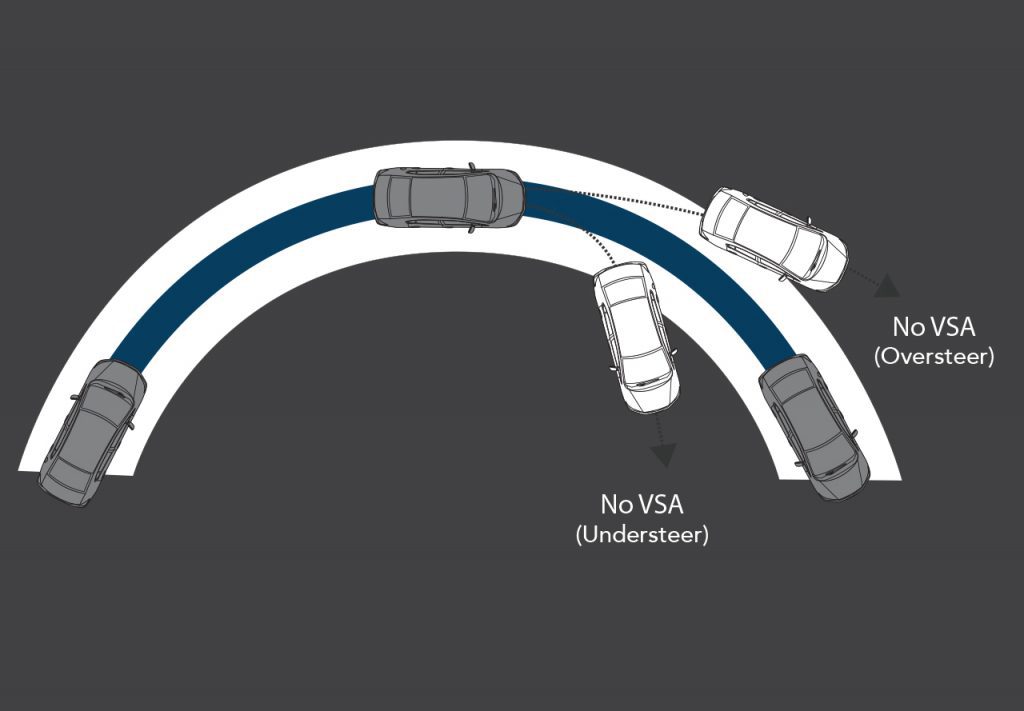
Choosing a Reputable Repair Shop
Researching Certified Mechanics
When looking for a repair shop to handle your VSA system repairs, it is important to research and choose certified mechanics. Certification ensures that the mechanics have the necessary expertise and training in handling VSA systems.
Checking Reviews and Ratings
Reading reviews and checking the ratings of repair shops can provide valuable insights into the quality of their service, customer satisfaction, and overall reputation. Online platforms and automotive forums can be helpful resources in finding reliable repair shops.
Asking for Recommendations
Seeking recommendations from friends, family, or colleagues who have had positive experiences with VSA system repairs can help narrow down your options. Personal recommendations often provide a level of trust and confidence in the repair shop’s capabilities.
Conclusion
A properly functioning VSA system is crucial for maintaining vehicle stability and safety. While VSA system repairs can be costly, they are essential investments to ensure your vehicle operates at its best. Whether you choose professional repair or attempt DIY fixes, it is important to prioritize safety and consult with experts when needed. Regular maintenance, timely repairs, and professional diagnostics can help minimize VSA system repair costs and ensure the long-term reliability of your vehicle.
